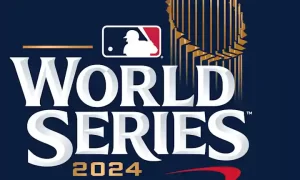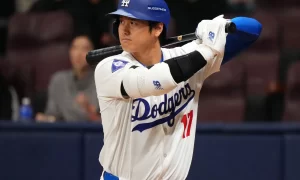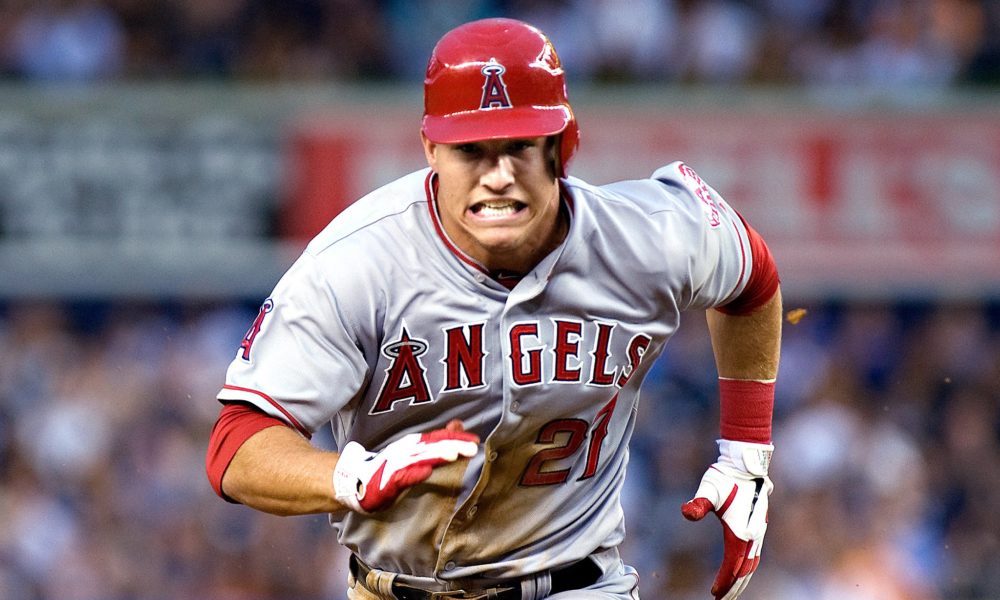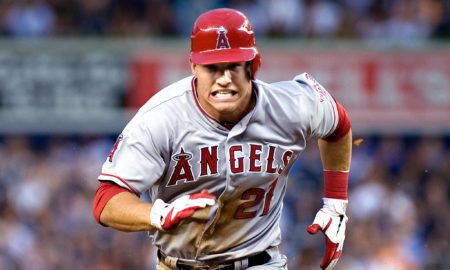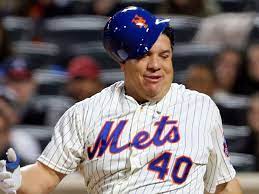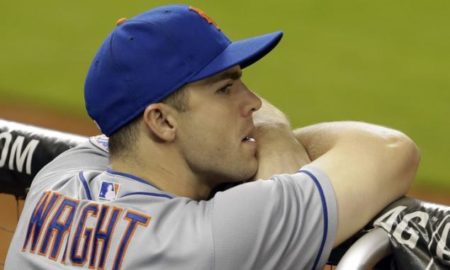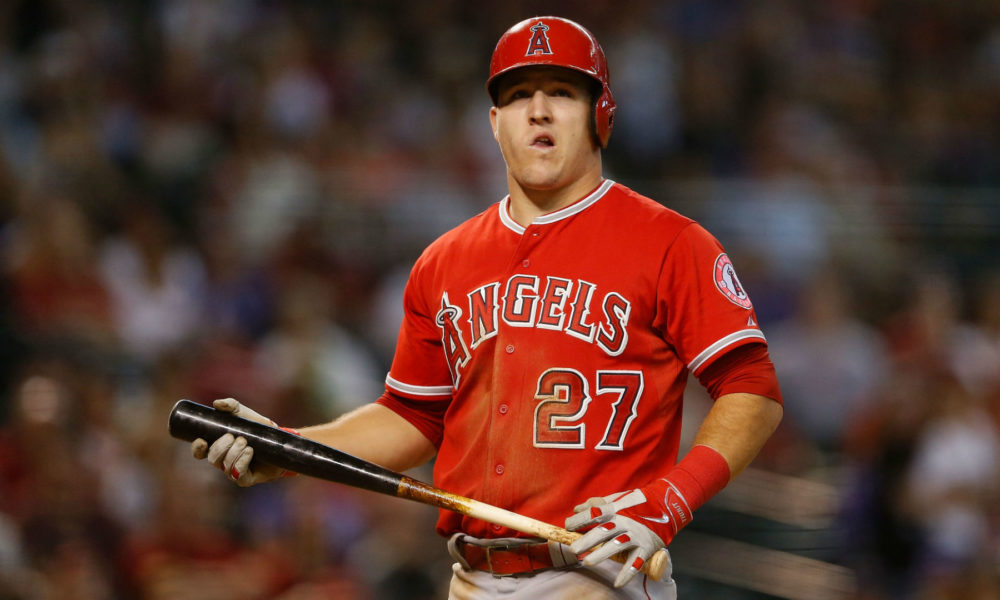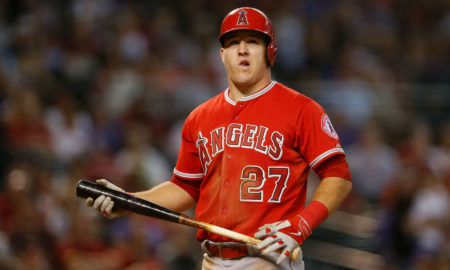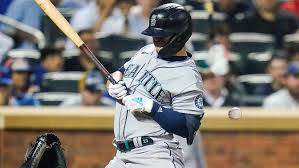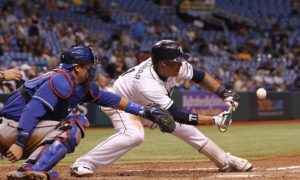How Will The Red Sox Core Remain Intact?
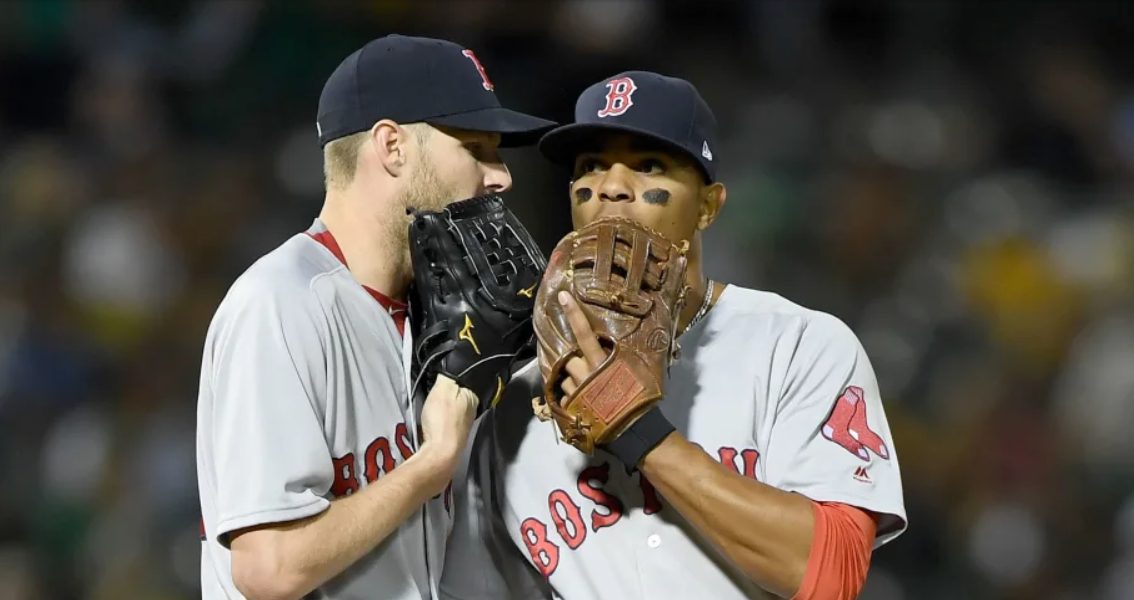
Last week, the Boston Red Sox made headlines when they agreed to sign star pitcher Chris Sale to a five year/$150 million dollar extension, which should keep the veteran lefty in Beantown through his age thirty five season in 2024.
The move itself wasn’t that surprising, and on most other teams, extending one of the five best pitchers in baseball wouldn’t be major news. However, the defending champs are not your average club. The team already has the highest payroll in the game, now at around $240 million, and it isn’t particularly close. Those totals come after Sale’s mega deal, which is set to give him an AAV (Average Annual Value) of $30 million dollars per season starting next year. That’s major money for a team that has all three members of a star-studded outfield, and their starting shortstop, set to hit the open market in the coming years.
For those who have followed Boston’s President of Baseball Operations, Dave Dombrowski, it isn’t too surprising to see money being thrown around at Fenway in every which way imaginable. Since he has won a championship, Dombrowski is likely to hear little criticism for the Sale deal. With a rotation filled with highly paid veterans in David Price, Nathan Eovaldi, and Rick Porcello, it’s also clear that the BoSox prioritize their starting pitching above all else. This is the same strategy used with the Detroit Tigers teams from the first half of this decade, who shelled out megabucks to bring in and keep talent on the mound.
The Tigers of the early 2010’s are a good comparison for the Sox. Like Boston with Mookie Betts, they had a premier hitter in Miguel Cabrera, an offense that could outslug almost anyone, a talented rotation, and a suspect bullpen. As the team slowly declined, the rotation remained relatively stable, but the bats became non-existent. Thus, Tiger fans were left with an old, expensive team with little help from the farm.
This is not to say the Red Sox will suffer a similar fate as Detroit. For starters, they actually went out and won the World Series, and in dominant fashion at that. That’s a whole lot of pressure removed from the team and front office. In addition, many of Boston’s stars on the major league club are young and homegrown. This eliminates a lot of the risk of injury and production drop off that the Tigers suffered. Boston, in almost all likelihood, should remain a strong contender for the World Series over the course of the next two seasons.
Yet, the Red Sox’s youth may actually hurt them come the winter. None of the team’s Killer B’s (Andrew Benintendi, Mookie Betts, Xander Bogaerts, and Jackie Bradley Jr.) have long-term deals, and all are set to hit the open market in the next three years, starting with Bogaerts this offseason. Meanwhile, Rick Porcello is set to depart as well, which could free up some money to spend on one of the four, but certainly not enough for multiple members.
As for that great pitching staff? There is both a lot of money and a lot of risk tied up in the top three starters. Price, Sale, and Eovaldi all have injury histories, with the latter two having extensive medical setbacks over the years. Price and Sale will be pitching for the Sox well into their thirties, a prospect that could hurt the team over the long run. Asking any pitcher, let alone ones with significant injuries on their resume, to pitch at a high level well into their thirties is wishful thinking at best.
To really understand the upcoming dilemma that the Sox are facing, one must look into how much their stars will be demanding. Xander Bogaerts is the first to become a free agent. The current highest paid shortstop in the game is (surprisingly) Elvis Andrus, who inked an 8 year-$120 million dollar extension with the Rangers in 2015. Bogaerts, a fellow Scott Boras client, could very likely get paid higher. Something in the range of $150 million is certainly in play for the 26-year old.
In 2020, the Red Sox could potentially lose fielding ace Jackie Bradley Jr., who has manned center at Fenway for the majority of the decade. Despite being inconsistent with the bat, he proved during last year’s postseason that he was more than just a great glove. A contract close to or better than Lorenzo Cain’s five year/$80 million dollar deal is certainly within the realm of possibility for JBJ. Andrew Benintendi, the third outfielder, who is currently set to depart a year after Bradley, could be able to command a contract nearing $200 million, should he keep up his current production.
For Mookie Betts, who has had a WAR equivalent to Mike Trout’s over the past three years, his next deal could be astronomical. While some of the more expensive deals the Sox have will have departed by then, keeping the face of the franchise could send finances skyrocketing. It isn’t unreasonable to think that Betts could demand a contract in the $400 million range, should he stay at an MVP-caliber level.
The Red Sox could, and probably should, do everything in their power to sign Betts. But the team will still have, according to Sportrac, about $117 million guaranteed to just six players who could potentially be on the roster by the 2021 season (this includes money owed to Pablo Sandoval, and, yes, Manny Ramirez), an average of nearly $20 million per player. This is before arbitration deals for important contributors like Benintendi, Rafael Devers, Eduardo Rodriguez and Blake Swihart.
On top of their existing financial commitments, the Sox could also be hurt by an increase in their luxury tax payments. Already, as repeat offenders, Boston has to pay an additional 42% since they are in the range between $226 and 246. Should their payroll exceed $246 mil., that fee shoots up to 75%. While they are not shy at throwing around money, such a fee could put a serious limit on Boston’s ability to build a contender in the future. Not to mention, the team’s draft pick moves back ten spots in 2020 if they reach $246 million, according to ESPN.
Another option towards staying competitive may seem obvious: build from within. Most of the Red Sox’s star position players were homegrown, so why not pull that trick again? The problem is that they have one of, if not the worst, systems in all of baseball, with no current Top 100 prospects at their disposal. Add that up with losing a large number of picks from free agent signings and moving back in the draft, and the Red Sox have a limited supply of reinforcements in the cupboard.
Even given all that, the future is not necessarily bleak for the Red Sox following the Sale signing. They have a huge amount of funds to use in order to resign their players, and have this season and the next to figure out who they keep and who walks. However, with so much money and so few cost-controlled players, it may get hard for the team to add on to their World Series-winning core. In an American League arms race with the Astros and Yankees, that could prove disastrous. It’s up to Dombrowski and the front office to determine what future path Boston takes.
Regardless of the outcome, it will be interesting to see how the team attempts to stay competitive in the coming decade. Are they accidentally setting themselves up for a Tigers-style rebuild post-2019?
-Bryan Armetta

